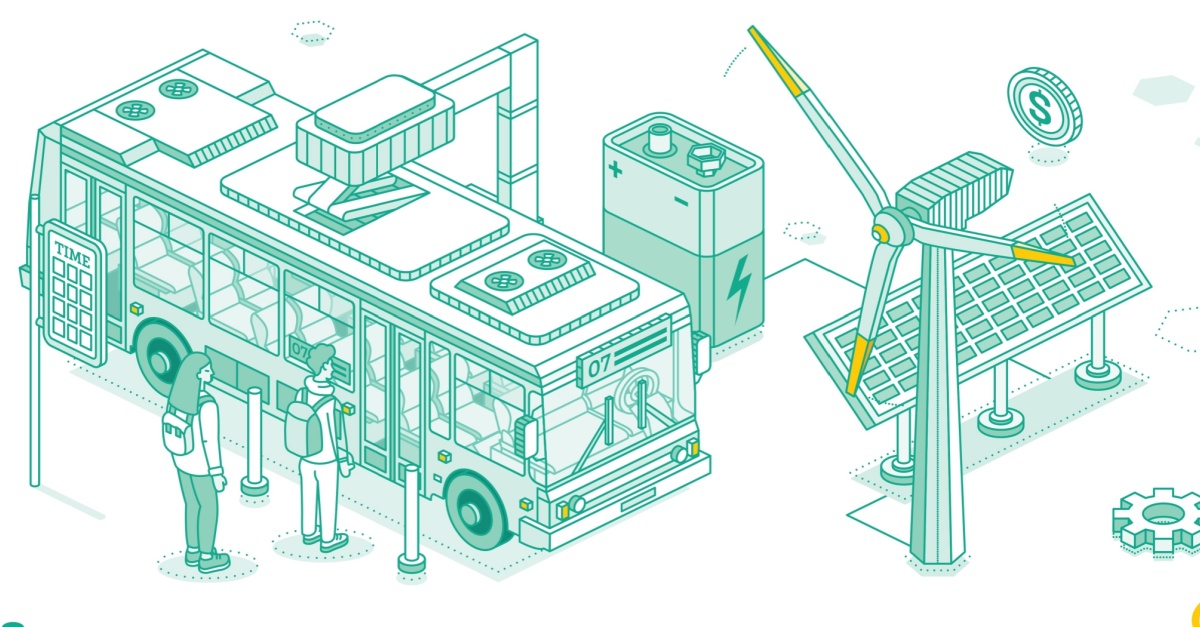
AI is being credited (or blamed) for what’s soon to be a changed world. But even before your computer becomes your doctor or large language models put writers out of work (gulp), AI is changing how the public perceives electricity.
Data centers built to serve AI are increasing demand for power and driving up electricity prices. And the public is taking notice. For the first time, since the 1973 Arab Oil Embargo, electricity is a bread-and-butter issue.
Last week’s elections made clear that electricity is now on the ballot. Energy costs are “moving the political needle in ways that other issues, like climate change, have not,” wrote Grist’s Tik Root.
That moving needle was seen in Georgia, where the turnover of two seats on the state Public Service Commission marked the first time Democrats won a statewide election there since 2006. The two Democrats, Peter Hubbard and Alicia Johnson, both campaigned against recent utility rate hikes.
Change was also afoot in New Jersey, where newly elected Governor Mikie Sherrill vowed to freeze utility rates and ease permitting for clean energy. Sixty percent of the state’s voters said electricity rates are a major concern in a CNN exit poll.
Distributed energy in Virginia
Abigail Spanberger, gubernatorial victor in Virginia, offers an even more intriguing agenda. Hers includes distributed energy to drive down costs. She’s calling for more local energy production and solar “in commonsense locations such as abandoned mine sites, former industrial sites, rooftops, and parking lots, and locations where the reduction in energy costs would have an impact on the local community, such as schools and public buildings.”
She says she’ll also push for more energy storage, demand response, energy efficiency, and clean on-site and off-site energy at data centers.
“Voters have sent a clear message that the rising cost of energy isn’t tolerable or acceptable,” said Cameron Brooks, executive director of Think Microgrid. “Microgrids and distributed energy are going to be seen as real solutions, whether it’s at a home, small business or data center.”
Distributed energy gains attention capital at last. Now what?
It’s no small thing that the power industry is on the minds of the electorate. Pundits like Chris Hayes, in his new book, The Sirens’ Call: How Attention Became the World’s Most Endangered Resource, see attention as the most valuable form of capital in today’s information economy. Better than even money.
Energy efficiency advocates have long recognized the value of attention capital — because they had so little of it. For years, they’ve pointed to the invisibility of electricity as an obstruction to their cause. Few households cared about saving energy because they didn’t think about it. They didn’t have to. Electricity almost always worked and was cheap. As a result, energy efficiency couldn’t accrue attention capital.
So now that the electric sector has the floor, what will the industry do? How will it leverage its new attention wealth?
Subscribe to the free, weekly Energy Changemakers Newsletter. Or if you’d like more of our news and analysis, join our community, starting at only $59.99/year.
Attention may be the most valuable form of capital, but it’s also mercurial. Time is short; the electorate will move on to other concerns at some point. Now’s the time to cement the economic value of distributed energy in the public psyche. It’s time to document and amplify where and how cost reductions result from solar, microgrids, energy storage, virtual power plants, energy efficiency, and other forms of distributed energy.
Energy Changemakers plans to focus more on affordability stories. We’d like to learn about your distributed energy projects, programs, policies and business models that curb electricity costs. Email me: elisawood@energychangemakers. Or if you’re a community member, please post your ideas in What’s New.
Also: Check out our podcast: Why Energy Companies Struggle To Tell Their Story, where communications experts describe how to improve distributed energy messaging so that it’s simple, truthful, and human.


